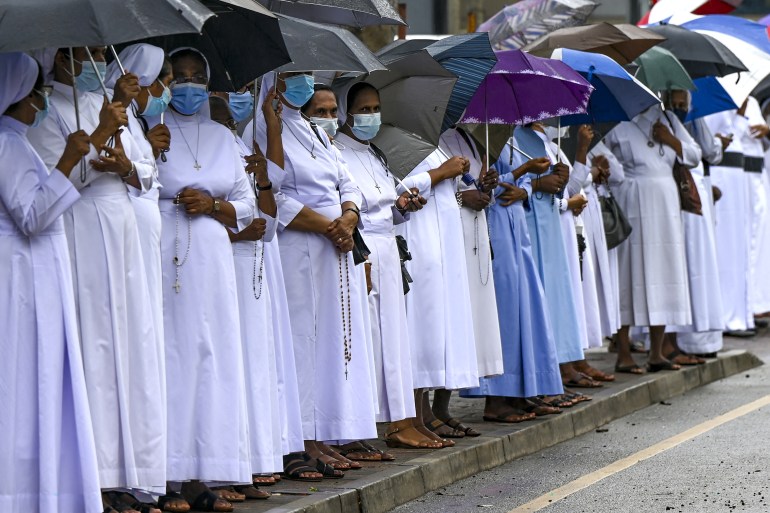Tom Ough, Apr 18 2022
Aliens might be humans travelling back in time
Alien in UFOs may actually be human beings who have travelled back in time from the future, a university academic has claimed.
Nasa's plan to beam Earth's location into outer space could provoke an alien attack, Oxford scientists have warned.
Researchers at the US space agency have backed a broadcast message, dubbed the "Beacon in the Galaxy", intended to greet extraterrestrial intelligences. It is an updated form of the Arecibo message, broadcast in 1974 for the same purpose.
Improvements in digital technology mean that more information can now be broadcast. The proposed new message includes basic mathematical and physical concepts to establish a universal means of communication, followed by information on the biochemical composition of life on Earth.
It also includes the solar system’s location relative to major clusters of stars, along with digitised depictions of the solar system itself, Earth’s surface, and male and female humans. The message concludes with an invitation for intelligences to respond.
READ MORE:
* Contacting aliens could end all life on earth - let's stop trying
* Aliens have 36 places they like to call home
* Nasa's New Horizons images of Arrokoth show building blocks for planets
* Scientists plan to send greetings out to other worlds

SUPPLIED/NASA
Researchers at the US space agency have backed a broadcast message, dubbed the "Beacon in the Galaxy", intended to greet extraterrestrial intelligences.
But Anders Sandberg, a senior research fellow at Oxford’s Future of Humanity Institute (FHI), warned that sharing such information with intelligent life presents a risk that must be considered.
Dr Sandberg told The Telegraph that, although the chance of the message reaching an alien civilisation was low, “it has such a high impact that you actually need to take it rather seriously”.
He said that the “giggle factor” surrounding the search for extraterrestrial intelligence meant that “many people just refuse to take anything related to it seriously. Which is a shame, because this is important stuff”.
Overall, said Dr Sandberg, both the risk and the potential benefit were small. Given the difficulty of traversing vast spans of interstellar space, a message received even by a very advanced civilisation might amount to little beyond, as Dr Sandberg put it, “a postcard saying, ‘Wish you were here,’”.

The proposed new message includes basic mathematical and physical concepts to establish a universal means of communication, followed by information on the biochemical composition of life on Earth.
The Arecibo message is one of several broadcasts, including some advertisements, already sent by humans into space. “The poor aliens might already be getting various messages sent for all sorts of reasons,” said Dr Sandberg.
A better approach than individual groups firing off ad-hoc missives, Dr Sandberg suggested, would be humanity coordinating as a species. “We’re not great at coordinating, but I think it is a nice exercise,” he said.
Toby Ord, Dr Sandberg’s colleague at the FHI, made similar arguments in The Precipice, a book published in 2020 in which he analysed existential risks facing humanity.
Dr Ord suggested that it might be wise to have “public discussion” before sending messages to aliens, pointing out that “even passive SETI (listening for their messages) could hold dangers, as the message could be designed to entrap us.
“These dangers are small, but poorly understood and not yet well managed.”
‘The downside could be much bigger’
Overall, wrote Dr Ord, “the main relevant question is the ratio of peaceful to hostile civilisations. We have very little evidence about whether this is high or low, and there is no scientific consensus. Given the downside could be much bigger than the upside, this doesn’t sound to me like a good situation in which to take active steps toward contact.”
The Nasa scientists proposed that the message be broadcast from FAST (China’s Five-hundred-metre Aperture Spherical Radio Telescope) and the SETI Institute’s Allen Telescope Array in northern California. No date has been offered for the broadcast.
Scientists including Stephen Hawking have, in the past, warned that these messages could be risky. In a documentary released in 2010, Professor Hawking pointed out that, on Earth, interactions between civilisations on different levels of technological advancement tend not to work out very well for the lesser-advanced group.
“We only have to look at ourselves to see how intelligent life might develop into something we wouldn’t want to meet,” Professor Hawking said, citing the arrival of Europeans in the Americas.
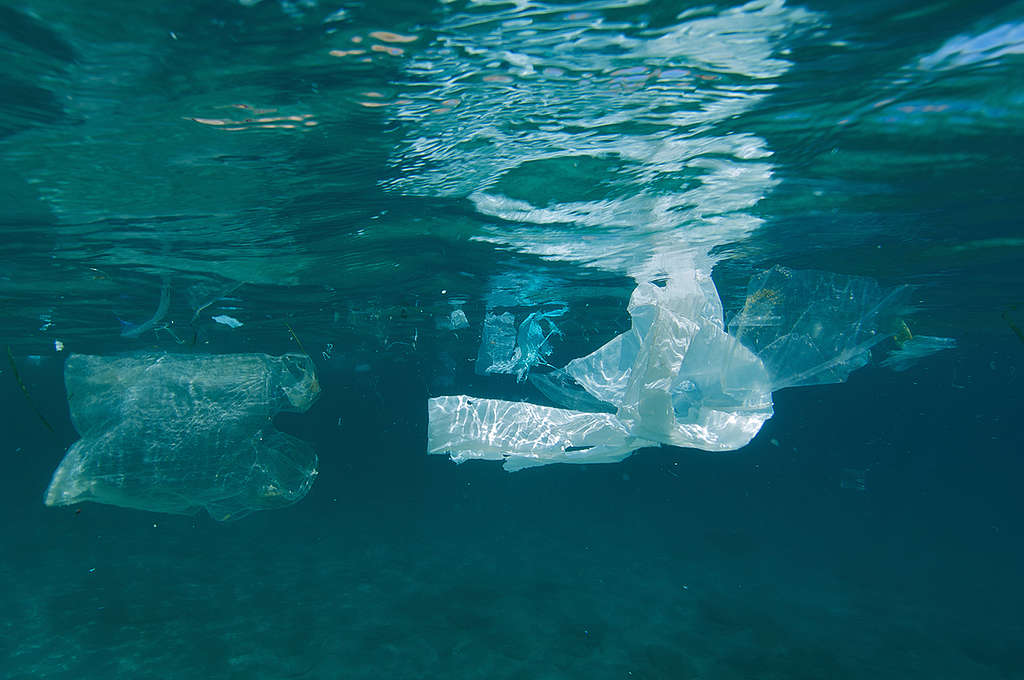
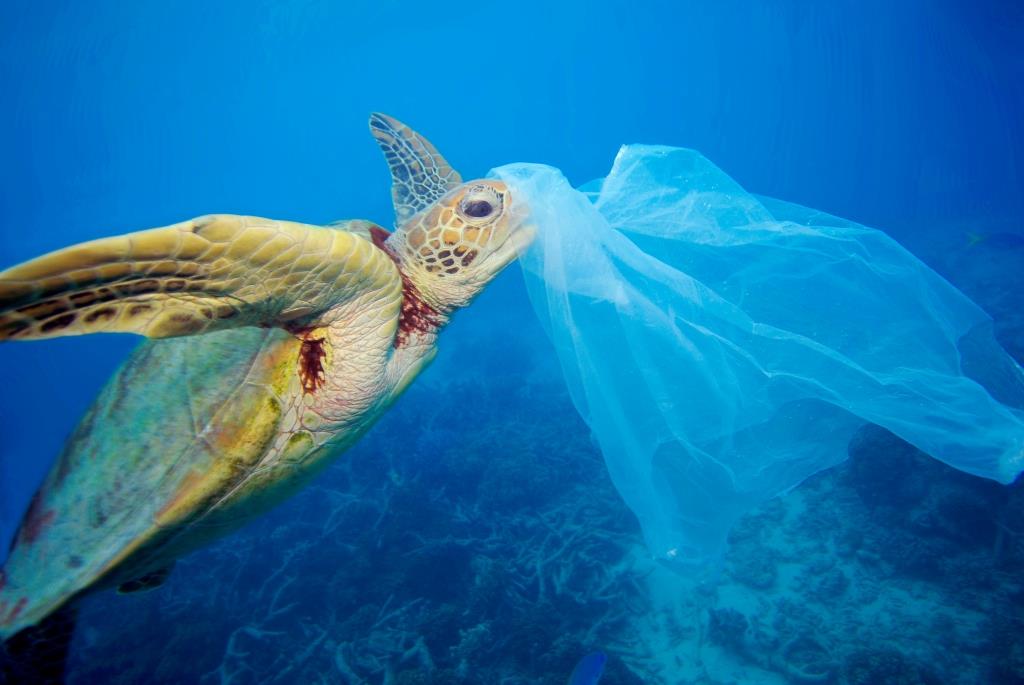
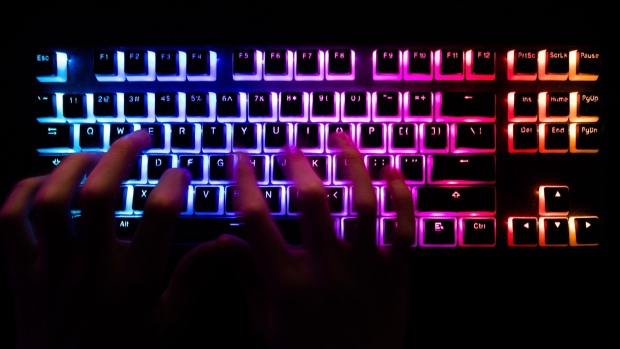
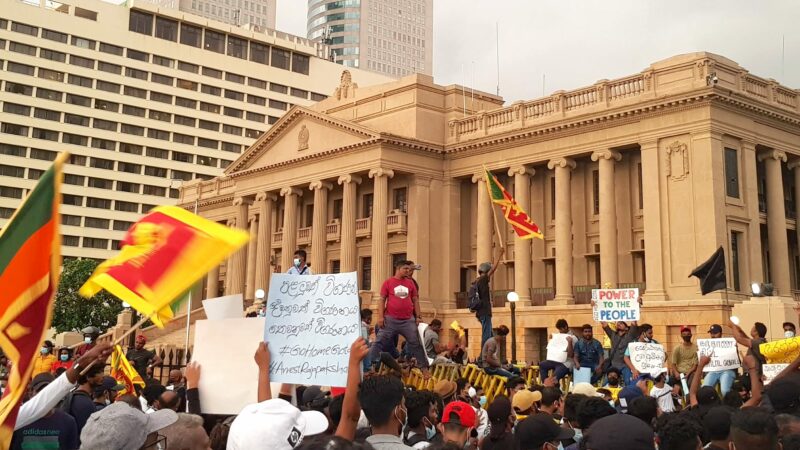
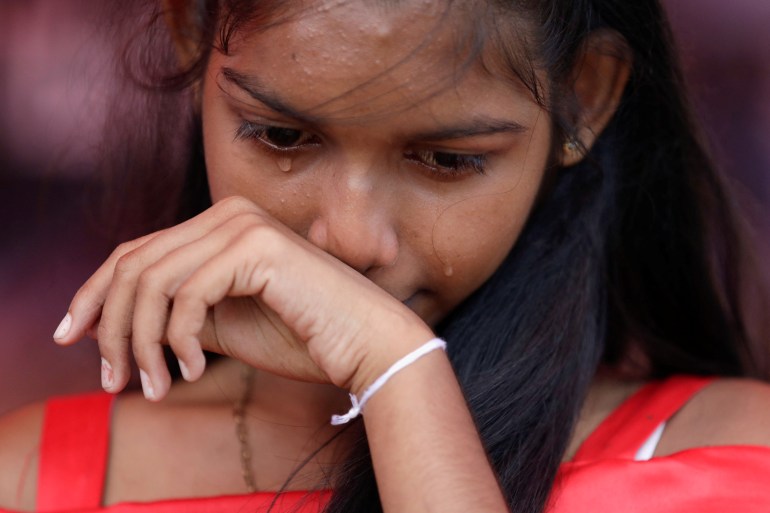 A survivor of a 2019 Easter Sunday bomb attack wipes her tears as her father delivers a speech during a protest on the third anniversary of the event, near the Presidential Secretariat in Colombo [Navesh Chitrakar/Reuters]
A survivor of a 2019 Easter Sunday bomb attack wipes her tears as her father delivers a speech during a protest on the third anniversary of the event, near the Presidential Secretariat in Colombo [Navesh Chitrakar/Reuters]
